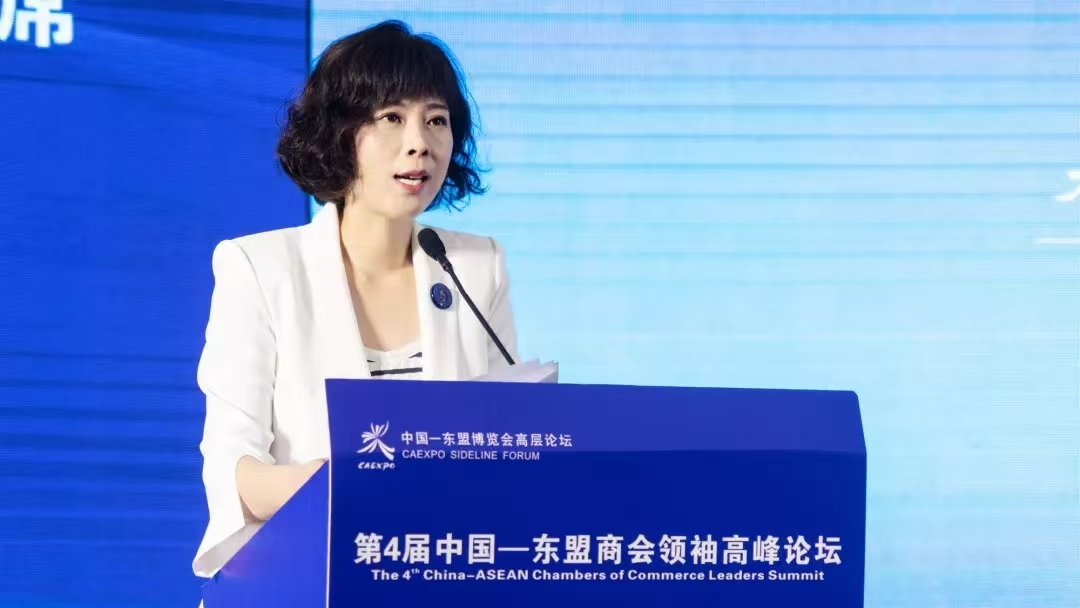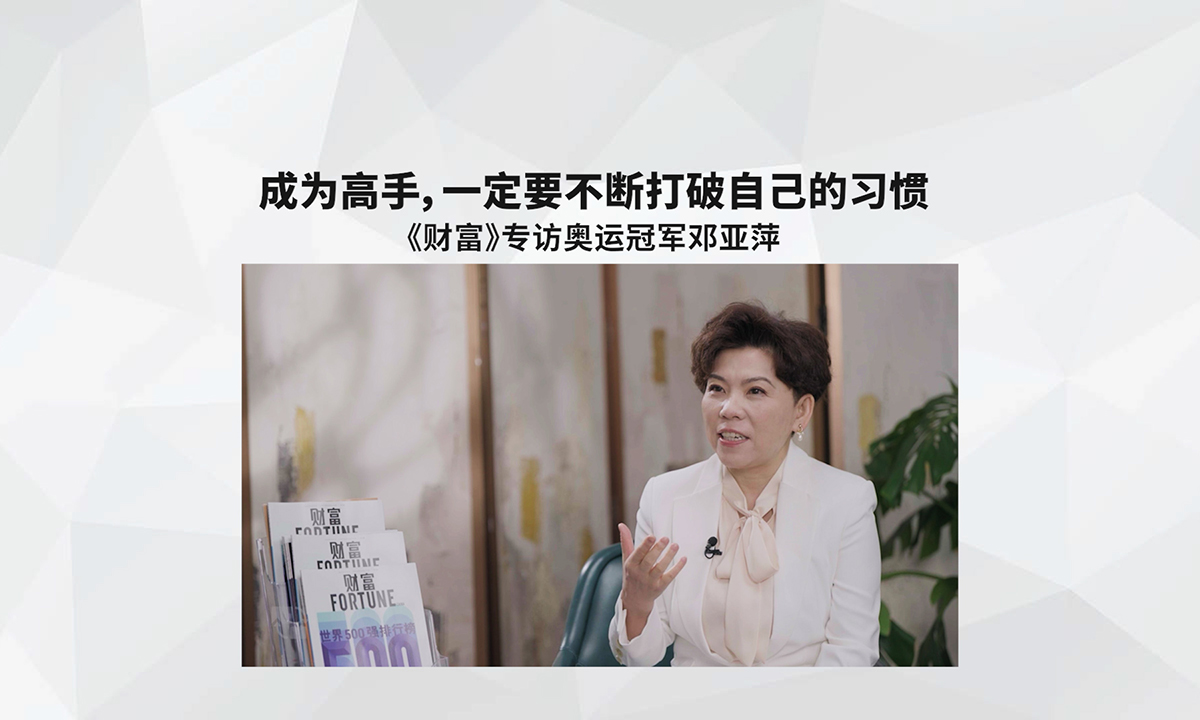公司创新乏力综合症的治愈之道
|
问题得从公司的员工招聘说起。 大多数公司最根本的录用标准就是“合适”——也就是说,候选人在多大程度上能够融入现有的企业文化。随后,高管们就会向每个人征询创意,有时候,甚至会举办竞赛,以决出最后的赢家。当然,要让员工不断取得更大的成就,最好的办法就是在员工做出成绩的时候不吝褒扬。 是这么回事吧? 不过实际上,并不是这么回事。照斯蒂芬•夏皮罗的看法,公司应该聘请的是那些不那么循规蹈矩的人,他们跟现有的模式有点格格不入;还应聘请“自己不那么喜欢的人”,因为创新要靠不同的观点来激发。如果运作得当(提示:提出正确的问题确实大有裨益),问计于民不失为可行之道。但实际上,很多公司得到的创意往往是一团乱麻,根本不切实际,只会搅乱现有的体系。 另外,不要因为员工做好了份内工作就表扬他们。夏皮罗说:“如果员工只是因为做了他们受雇该做的事,就能得到公司认可,只会强化一种企业文化,即维持现状就可以高枕无忧了。”——这对于任何希望引领行业风气之先的公司来说都无异于死亡之吻。 夏皮罗是公司创新方面的咨询专家,客户包括史泰博公司(Staples),通用电气公司(General Electric)和美国空军(U.S. Air Force)等。现在,他浓缩了自己的经验,推出了一本名为《最佳实践不忽悠:从创新竞争中胜出的40个妙招》(Best Practices Are Stupid: 40 Ways to Out-Innovate the Competition)的著作。该书文风清新,没有拗口的咨询业术语,全书充满了简明扼要、切合实际的案例研究。 你可能觉得不解,举办竞赛,为最佳员工创意颁奖到底有何不妥。毕竟,思科公司(Cisco),LG电子公司(LG Electronics)和通用电气公司都办过这类竞赛。但是,如果公司事前已经拿定了主意,比赛必须决出一位优胜者,公司就会面临风险,最终只能收获一个所谓的“最佳”创意,它在理论上令人叹服,可却无法解决紧迫的现实问题。 夏皮罗建议,更明智的做法是“悬赏”(bounty hunter)。在线DVD租赁商Netflix公司就曾用这个办法来改进视频推荐引擎:该公司悬赏100万美元,任何人——不管是来自公司内部还是公司外部,只要能解决一系列工程设计上的难题,就能拿到这笔钱。 结果,来自美国、奥利地、加拿大和以色列的数学家和计算机科学家组成了一支仅有7人的团队,花了3年时间,最终开发出了可行的算法。夏皮罗认为,这100万美元的“赏金”真是划算到家,因为新引擎使销售增长了几千万美元——而且,Netflix公司验证了胜出团队的技术达标之后,才支付了这笔赏金。 不过,对众多经理人来说,夏皮罗建议中最让人难以接受的一条很可能是:有意识地聘用一些这样的人,他们与现有团队成员的思维方式完全不同,令人恼火。他承认,党同伐异是人类的本性。 即便如此,如果团队希望产生真正新鲜有用的创意,就必须保证团队成员的构成涵盖所有四种鲜明的人格个性,每种个性至少一人。想知道自己的团队的情况吗?邀请同事们做个快速评测,就能探明究竟。夏皮罗的网站提供测试问卷的下载。 译者:清远 |
The trouble starts with who gets hired. In most companies, an essential criterion is "fit" — that is, how well a candidate would blend in with the existing culture. Then, top management asks everyone for ideas, sometimes even setting up contests to crown winners. And of course, the best way to spur people on to greater achievement is to give them plenty of pats on the back for a job well done. Right? Well, actually, no. According to Stephen Shapiro, you should be recruiting iconoclasts who don't fit the existing mold, including "people you don't like," because innovation depends on divergent points of view. Asking for ideas is fine if done correctly (hint: it helps to ask the right questions), but too often what companies get is a welter of impractical suggestions that just clutter up the system. And by the way, stop congratulating employees for doing their jobs. "When you recognize people for doing what they were hired to do, it reinforces a culture where the status quo is good enough," Shapiro says -- the kiss of death for any enterprise trying to stay ahead of the game. Shapiro, who has advised clients like Staples (SPLS), General Electric (GE), and the U.S. Air Force on how to innovate, has now distilled his methods into a book called Best Practices Are Stupid: 40 Ways to Out-Innovate the Competition. Refreshingly free of consultantese, it's loaded with succinct, down-to-earth case studies. You might wonder, for instance, what's wrong with running contests that offer a prize for the best employee suggestion. After all, it's been done by Cisco (CSCO), LG Electronics, and GE. But, if you've already decided in advance that there is going to be a winner, you risk ending up with a "best" idea that is impressive in theory but falls short of solving a real, pressing problem. A smarter approach, by Shapiro's lights, is the "bounty hunter" technique that Netflix (NFLX) used to improve its video recommendation engine: The company offered to pay $1 million to anyone — inside or outside its walls — who could develop practical solutions to a specific set of engineering challenges. It took three years, but a 7-person team of mathematicians and computer scientists from the U.S., Austria, Canada, and Israel came up with an algorithm that worked. The $1 million "bounty" was a bargain, Shapiro notes, since the new engine boosted sales by tens of millions — and the company paid the prize money only after the winners proved the technology met Netflix's goals. For many managers, the toughest part of Shapiro's advice might well be the part about deliberately hiring people who think so differently from their teammates as to be downright annoying. It's human nature, the author acknowledges, to want to be around people who are like ourselves. Even so, Shapiro insists, any team that hopes to come up with truly fresh and useful ideas has to include at least one member from each of four distinct personality types. Curious about how your team stacks up? You can find out by asking your colleagues to take a quick assessment test, downloadable from Shapiro's web site. |











